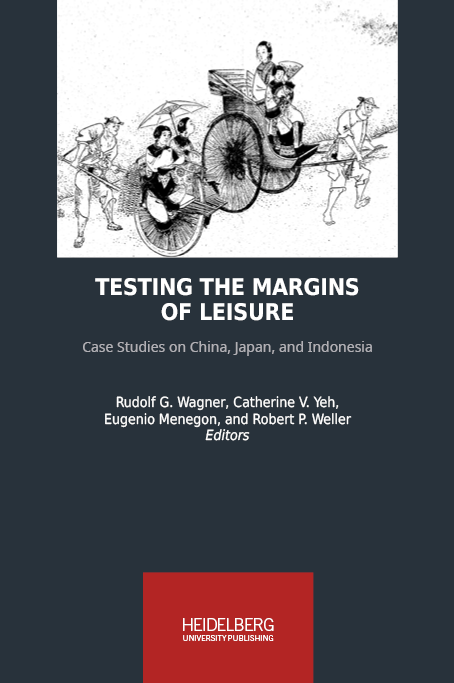Zitationsvorschlag
Lizenz (Kapitel)

Dieses Werk steht unter der Lizenz Creative Commons Namensnennung - Weitergabe unter gleichen Bedingungen 4.0 International.
Identifier (Buch)
Veröffentlicht
Traditional Leisure in a Globalized Age
Selling and Consuming Japanese Illustrated Books in 1880s Shanghai
Abstract Living in what became one of the most cosmopolitan cities in China in the late nineteenth century, people in Shanghai were fascinated by various kinds of newly imported urban activities. Shanghai soon became the center of globalized exchanges of leisure products. Its life was often characterized by an attraction to exoticism, which most of the time took of the form of spectacles. In contrast to watching or experiencing spectacles, reading as the most traditional form of leisure also underwent a great change in various aspects. One of the most significant phenomena in the book industry at that time was the growing interest in Japanese books, most of which were illustrated ones. Therefore, this paper, focusing on the selling and consumption of Japanese books in Shanghai, would situate the whole phenomenon in the transcultural exchange of leisure products in East Asia and the fascination with “otherness” in Shanghai, and try to see why Japanese books, especially illustrated books, were so popular in Shanghai. It also asks by whom, how and what kind of books were chosen for the Shanghai market? Hopefully, this paper will show how reading as the most traditional form of leisure activity transformed itself in that global age, and how the Japanese books, neither the most traditional, nor the most exotic, played out its space in this process of transformation.
Keywords Late Qing visual culture, art reproduction, lithography, Ernest Major, Shenbao






